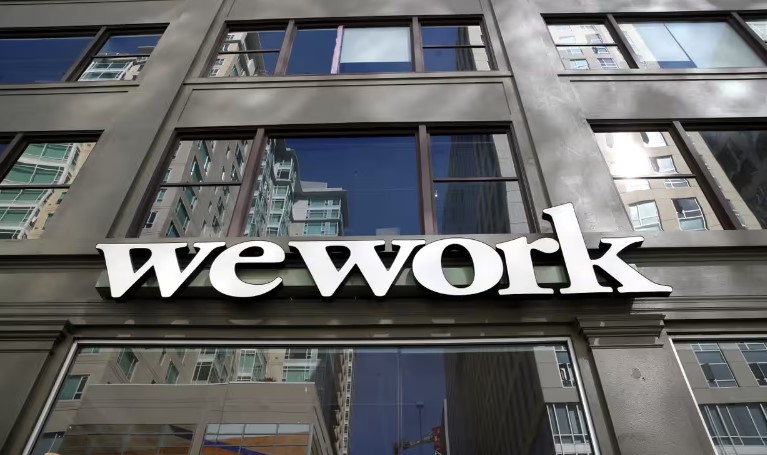WeWork, the once high-flying office-sharing company, has filed for Chapter 11 bankruptcy protection in New Jersey federal court. This development comes as the company grapples with an array of financial challenges, exacerbated by the pandemic’s impact on its business. In this article, we delve into the details of this bankruptcy filing and the events that led to WeWork’s remarkable fall from grace.
On a fateful Monday, WeWork announced its Chapter 11 bankruptcy filing, signaling the company’s need to restructure and address its mounting financial difficulties. The bankruptcy filing is specifically limited to WeWork’s locations in the United States and Canada. According to the official bankruptcy filing, the company reported liabilities ranging from $10 billion to a staggering $50 billion.
WeWork’s CEO, David Tolley, expressed his gratitude for the support of the company’s financial stakeholders and emphasized the commitment to invest in products, services, and the dedicated team of employees who support the WeWork community. This restructuring, according to Tolley, aims to strengthen the company’s capital structure.
WeWork’s journey from a $47 billion valuation in 2019 to its current Chapter 11 bankruptcy filing is nothing short of spectacular. The company’s ambitious plans to go public five years ago were met with failure, and this marked the beginning of a series of setbacks.
The COVID-19 pandemic played a significant role in the company’s downfall. Many companies, grappling with the uncertainties of the pandemic, terminated their leases, and the ensuing economic downturn forced even more clients to shutter their doors. In an August regulatory filing, WeWork acknowledged the looming concern of bankruptcy.
WeWork attempted to revive its fortunes through a special purpose acquisition company (SPAC) in 2021. However, its value plummeted, losing about 98% of its worth. To regain compliance with the New York Stock Exchange’s listing requirements, WeWork executed a 1-for-40 reverse stock split in mid-August, aiming to get its shares trading above $1.
The company’s shares had plummeted to as low as 10 cents before being halted, ultimately trading at approximately 83 cents prior to the bankruptcy announcement.
WeWork’s former CEO and co-founder, Adam Neumann, expressed disappointment at the company’s filing for Chapter 11. Neumann, who had stepped down from his role as CEO in 2019, believed that WeWork still possessed a relevant product. He expressed hope that the right strategy and team could lead to a successful reorganization.
As of September, WeWork had been actively renegotiating its leases and had claimed that it was “here to stay.” The company had nearly $16 billion in long-term lease obligations, as revealed in its securities filings. WeWork leases millions of square feet of office space across 777 locations worldwide, underscoring the extensive reach of its operations.
WeWork has engaged the services of legal advisors Kirkland & Ellis and Cole Schotz to navigate its bankruptcy proceedings. PJT Partners has been selected as the investment bank, with support from C Street Advisory Group and Alvarez & Marsal.
WeWork’s Chapter 11 bankruptcy filing serves as a stark reminder of the challenges faced by once high-flying startups when their ambitious growth plans encounter unforeseen obstacles. The company’s remarkable collapse, coupled with its efforts to reorganize and restructure, will undoubtedly be closely watched by industry observers and investors alike. WeWork’s story is a testament to the ever-changing landscape of business and the importance of adaptability and resilience in the face of adversity.
(Source: Washington Post | New York Times | CNBC)









